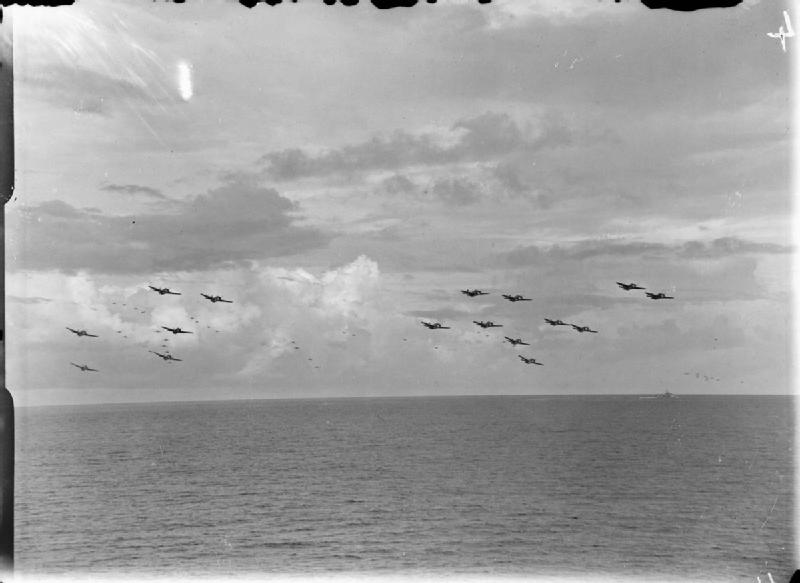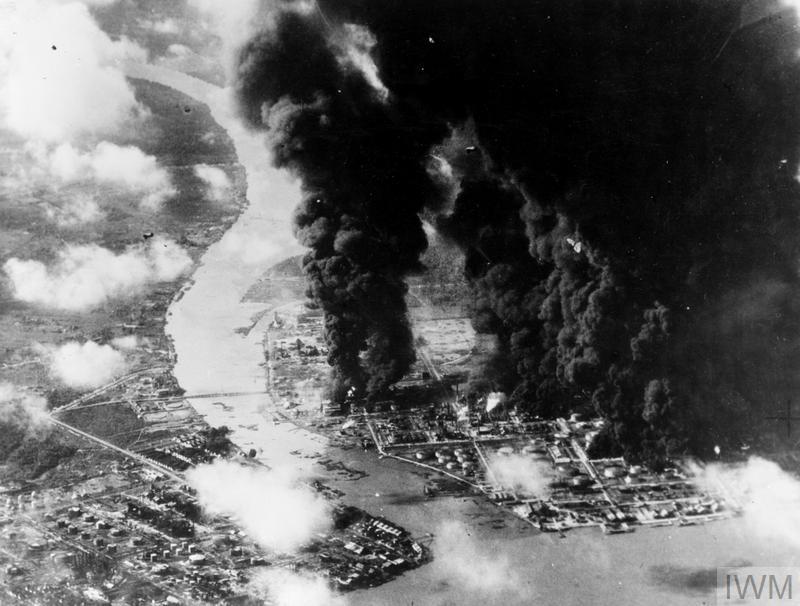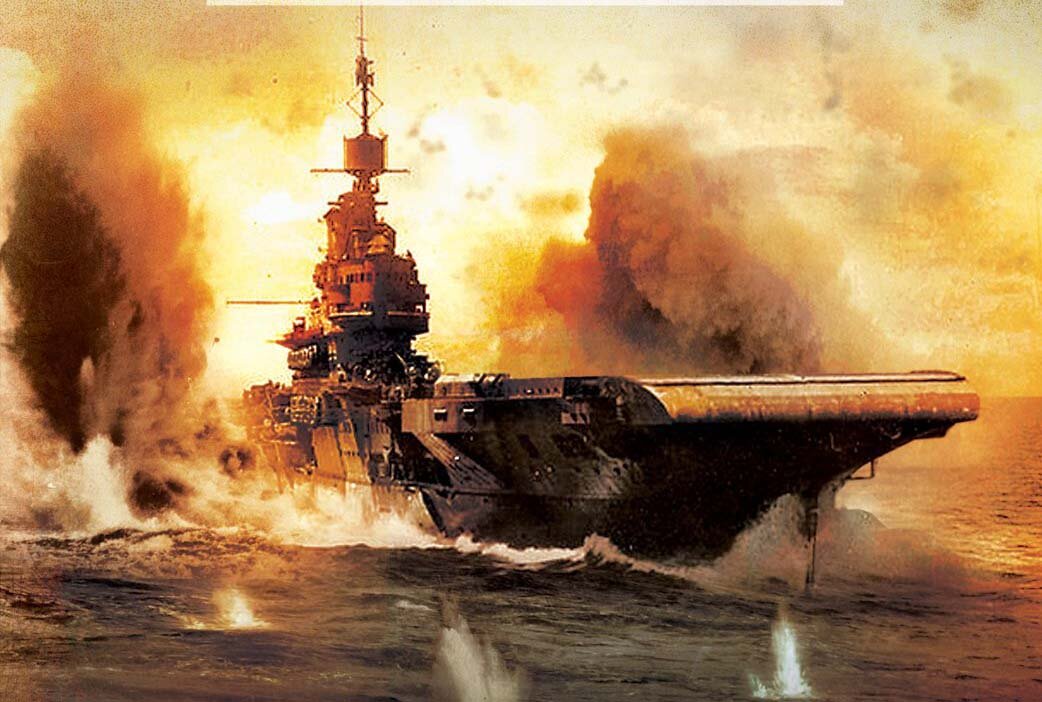- Thread starter
- #361
Wild_Bill_Kelso
Senior Master Sergeant
- 3,231
- Mar 18, 2022
Bloody shambles III just arrived. In very good condition too. I guess Shores doesn't cover China though really eh? This just seems to be exclusively Burma, India, and Indian Ocean. I have already noticed a couple of interesting things though.
Is there any book which covers loss records on both sides for China during WW2?
Is there any book which covers loss records on both sides for China during WW2?



